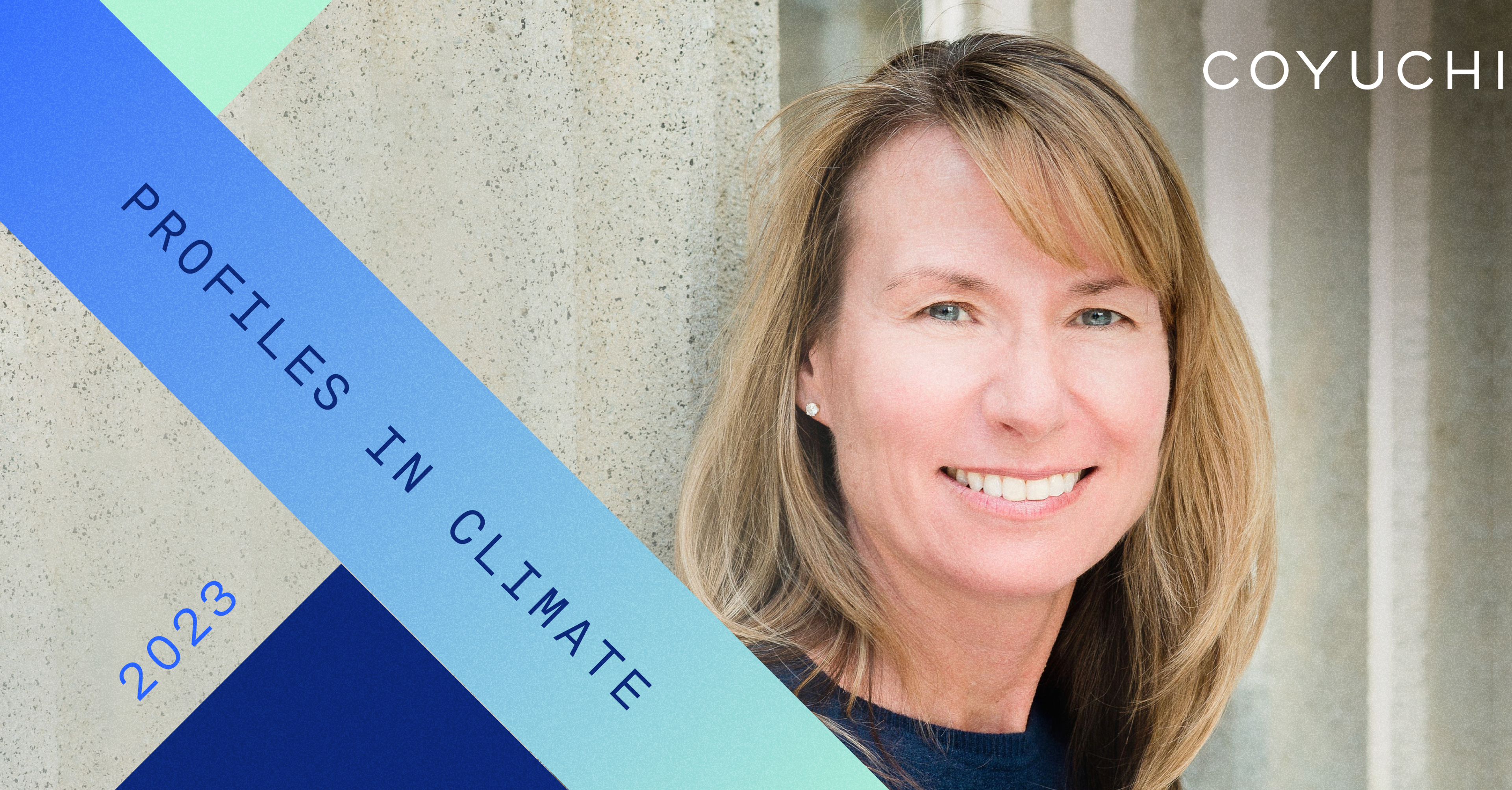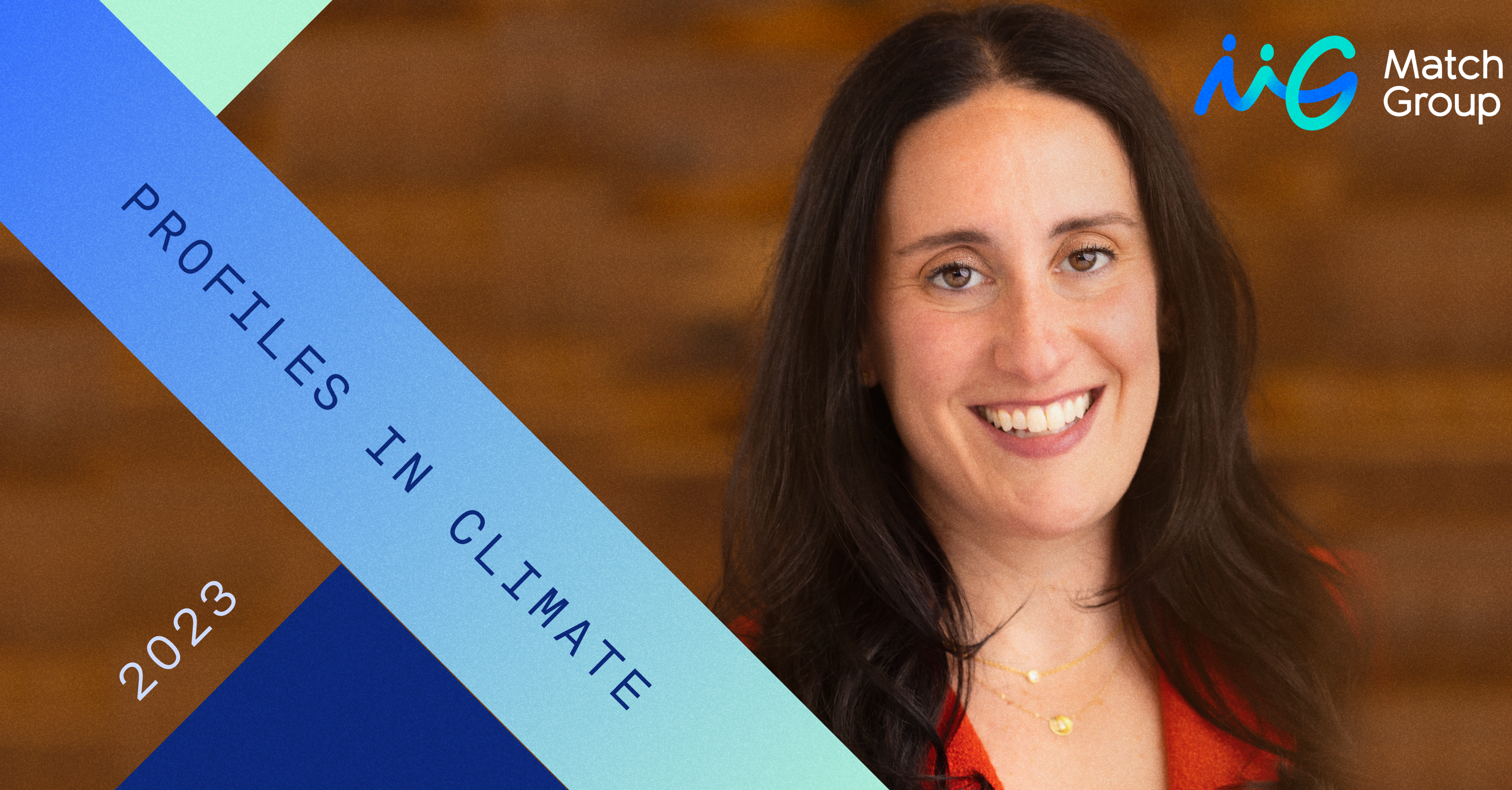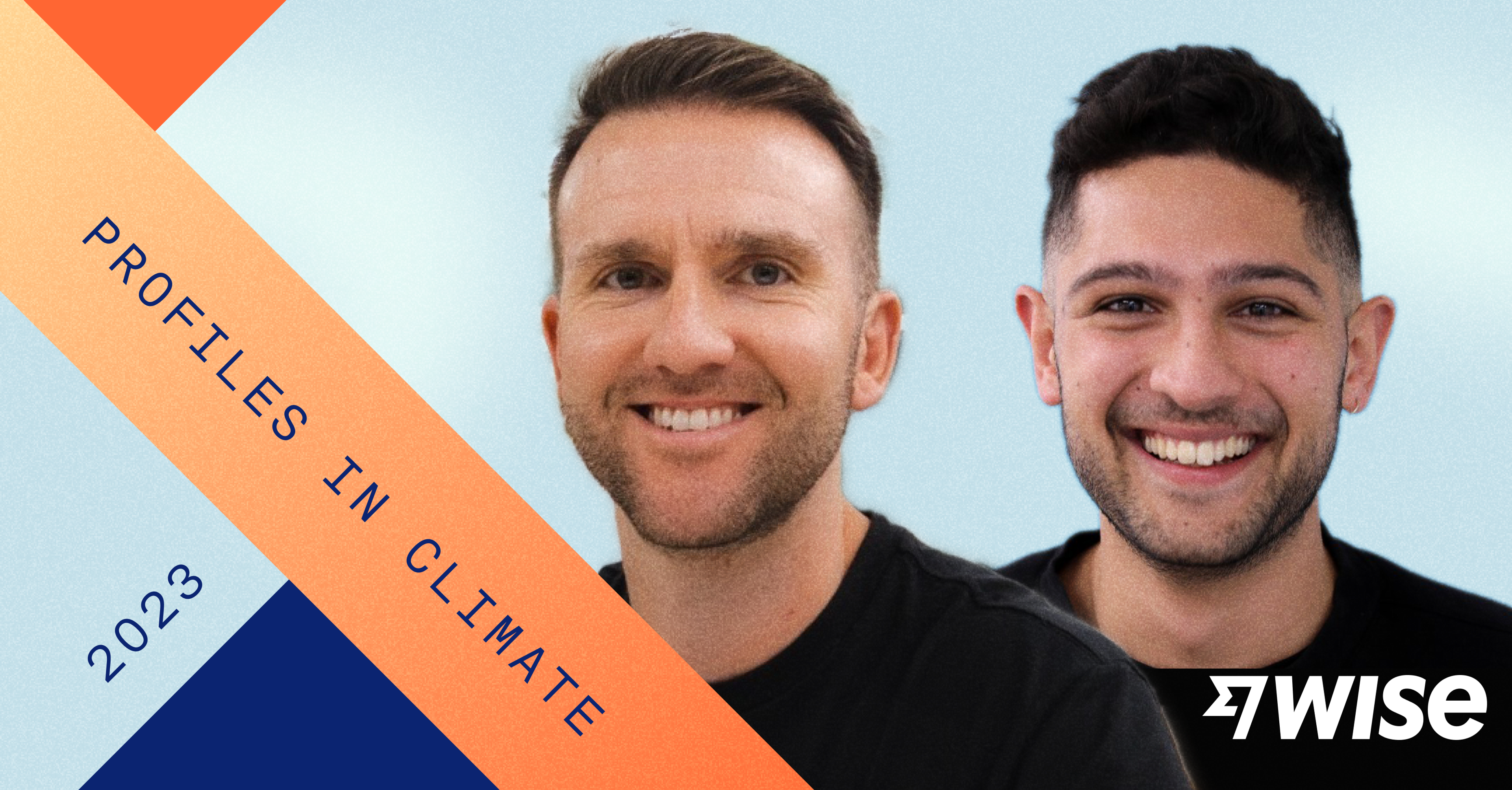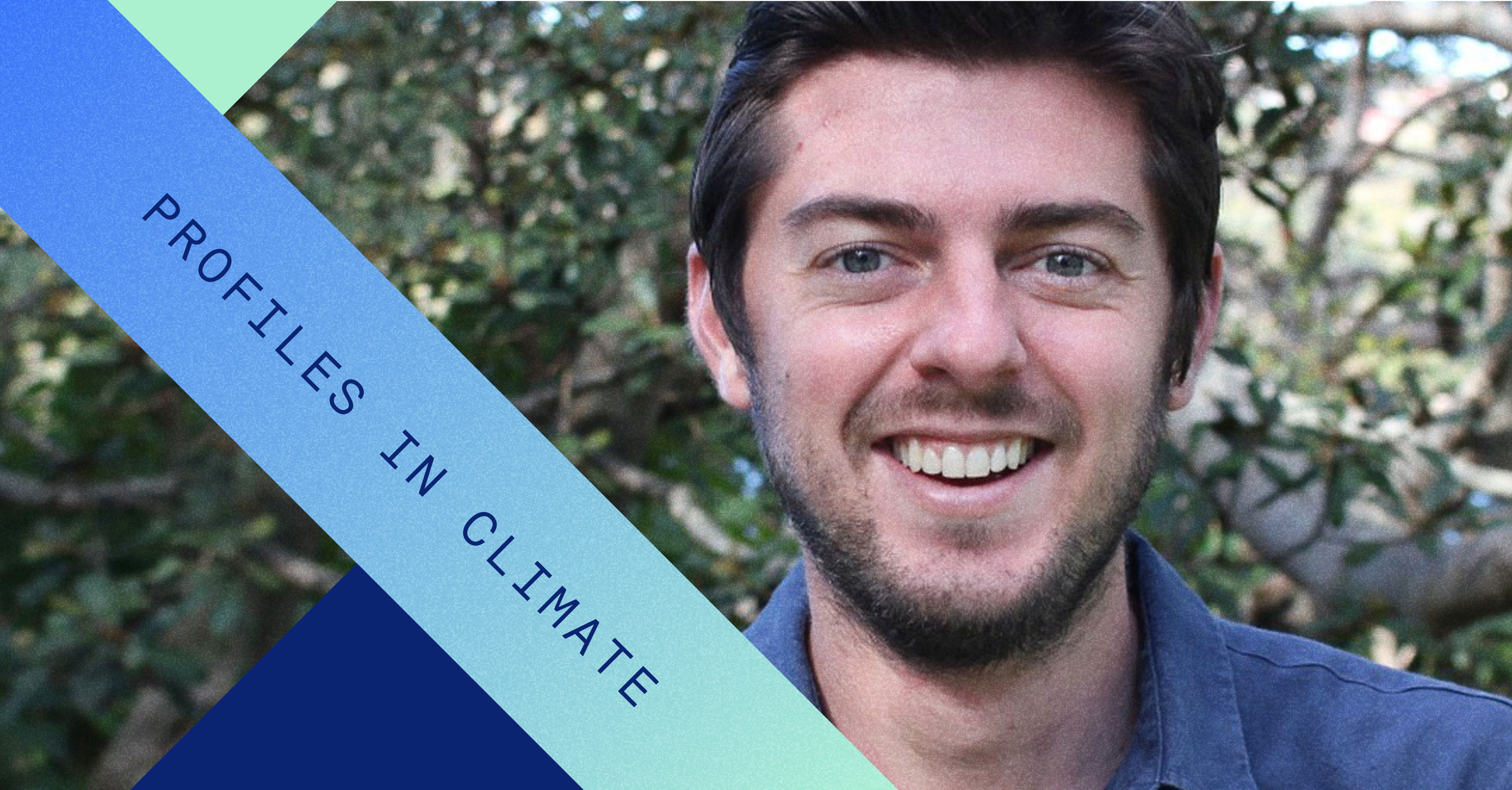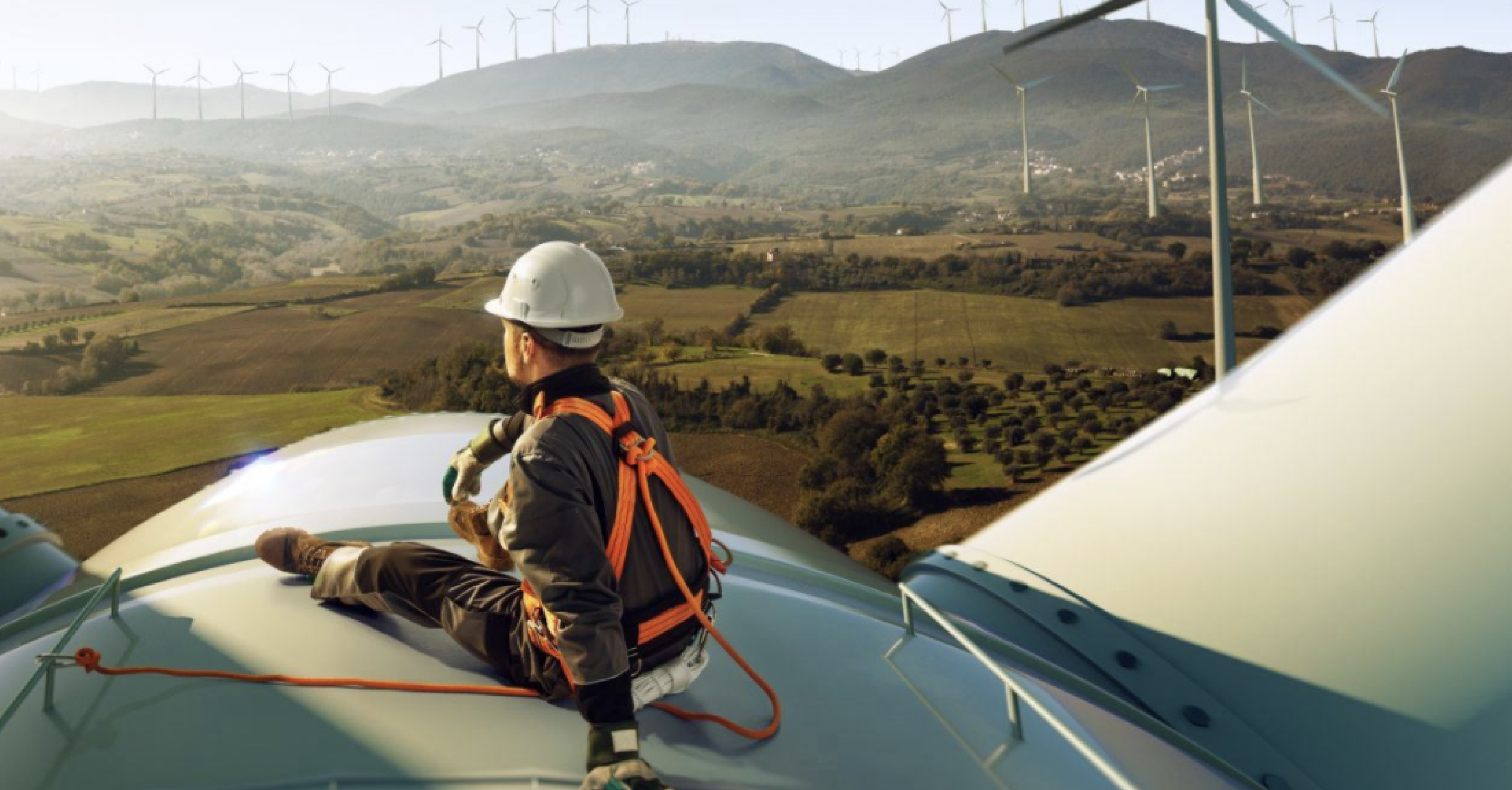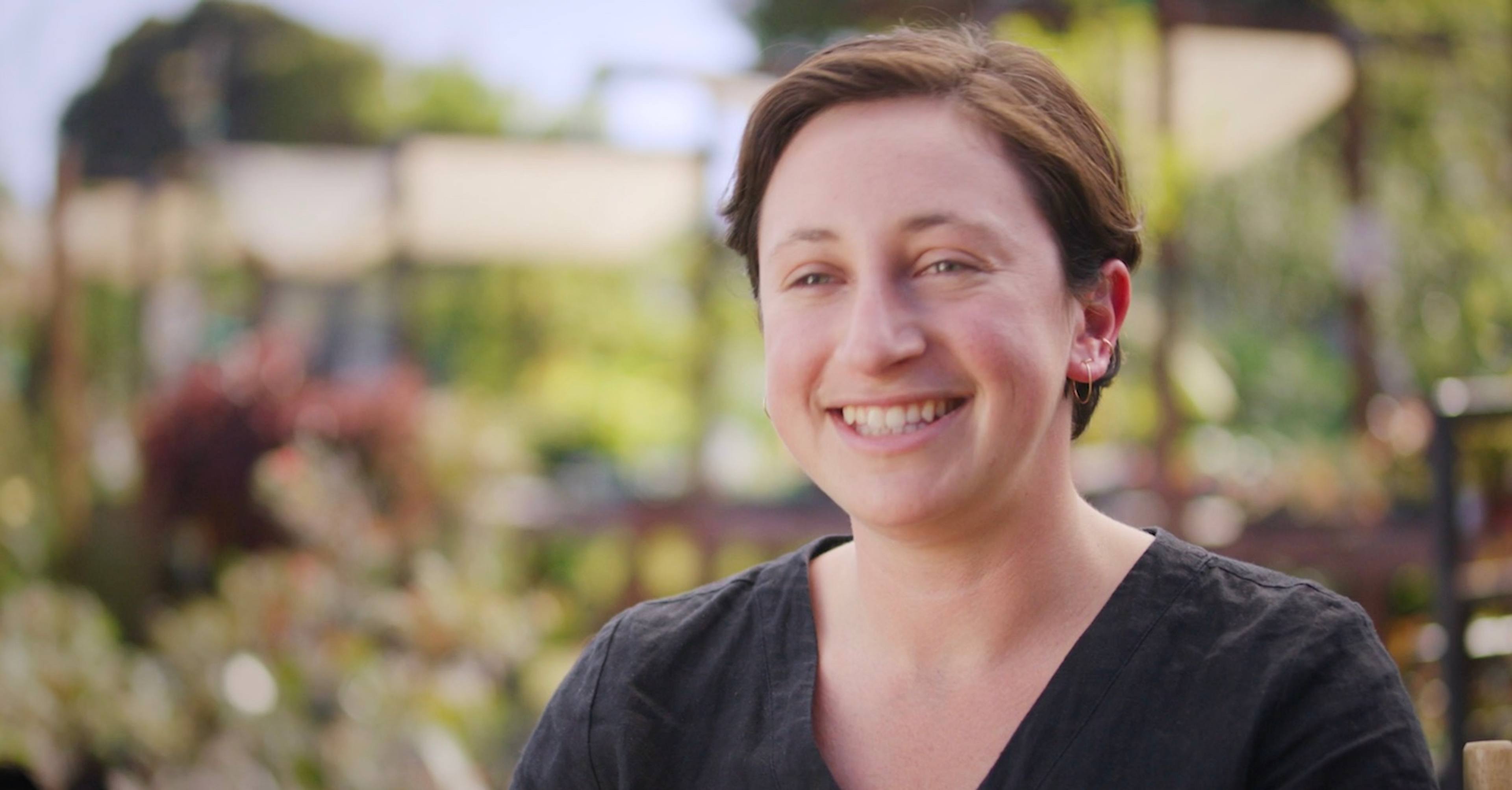Abby Neary is the Head of Sustainability at Aon, a global professional services firm that exists to shape decisions for the better.
You’ve been at Aon for over 15 years. You worked in the health care practice and sales prior to leading sustainability. What inspired the transition?
I started at Aon in the health care practice designing some of the first employee wellbeing programs and then was on the sales team after Aon created the first ever health insurance exchange. I love to build new things, and I thought my skills and interests would translate well into building a sustainability function. My previous work translated well to sustainability because it all relates to how we embed new programs or initiatives into an organization and culture to support people and influence behavior change. I built our Corporate Social Responsibility (now ESG) team and got it up and running, and then I moved into sustainability as a full-time job.
Your role includes some direct work with clients on sustainability. Why is that important and what does it look like in practice?
First, we've seen a doubling in the number of clients that are asking us what we’re doing to address climate change since last year. (I’m counting and we’re up to over 200 requests!) They’re making commitments, so they want to make sure that Aon is a business partner that is aligned with their goals.
Second, I work with Aon’s product teams as they evaluate investments and potential risk management solutions, and advise them on how we might measure or account for the risk of a certain product or relationship.
One of my favorite examples is that we co-developed a risk management solution specifically for Sri Lankan rice paddy farmers. Traditionally, there are major barriers preventing farmers from utilizing insurance because it’s not affordable and often takes significant time to get paid out. Our product uses annual rainfall estimates, keeping the impacts of climate change in mind, to pay them out right away without needing to file a claim if they’re impacted by too much or too little rain.
We know sustainability work is very cross-functional. Which teams or people were most critical in supporting the creation of a sustainability strategy at Aon?
When I first started talking to people about CSR, ESG and sustainability, I just started searching our firm’s intranet to find people who were thinking about these topics, like our environmental insurance practice. I discovered that even though no one single person was owning our corporate sustainability work, there was a big network of passionate people.
I found a mentor in an unlikely place—a leader on our procurement team. She’s now my boss, and she was one of the initial driving forces behind building out a corporate sustainability function, and making this part of the DNA of the organization, because the largest source of our emissions is from the purchase of goods and services.
Aon has set a target to be net zero by 2030. What motivated the firm to make a public commitment, and how do you approach this with such a large, global workforce?
We believe that climate risk is a critical issue to the global economy and understand that there is a massive and rapidly growing redeployment of capital to spur innovation to address it. We see a future where companies that aren’t growing with climate in mind will face risks, so working towards a target is an act of risk management.
“We see a future where companies that aren’t growing with climate in mind will face risks, so working towards a target is an act of risk management.”
Abby Neary
Aon has 50,000 colleagues and serves clients in more than 120 countries and sovereignties. We've designed the program twofold: top down and bottom up. We ask ourselves both: What can our leadership invest in or create a policy around that will reduce emissions? And, what initiatives are our colleagues working on across the globe that we can amplify, invest in, and accelerate? If we just tried to do everything from the top, it wouldn't work. We have to keep learning from and operationalizing the work that colleagues are doing on the ground.
What climate-related trend are you following closely?
New global regulation is always top of mind, but something that’s exciting is Sustainable Aviation Fuel (SAF). We were the first corporate participant to join the pilot program with American Express Global Business Travel and Shell Aviation because it’s going to be part of the future of making business travel more sustainable. I’m particularly curious how production is ramping up and how the infrastructure is getting developed so that planes and airports can handle this fuel. And of course, how it will be accounted for in future greenhouse gas reporting.
Why should corporate leaders be thinking about measuring and acting on their emissions?
Number one is regulation—it’s becoming increasingly mandated and companies should plan for that. Number two is that there is a real hard dollar return on investment from reducing emissions that we see in our own work. Some companies are obtaining ESG bonds that offer prime rates on lending based on hitting emissions reductions targets. There are also many responsible investment funds that trade based on company scores on a variety of ESG metrics, including greenhouse gas emissions.


